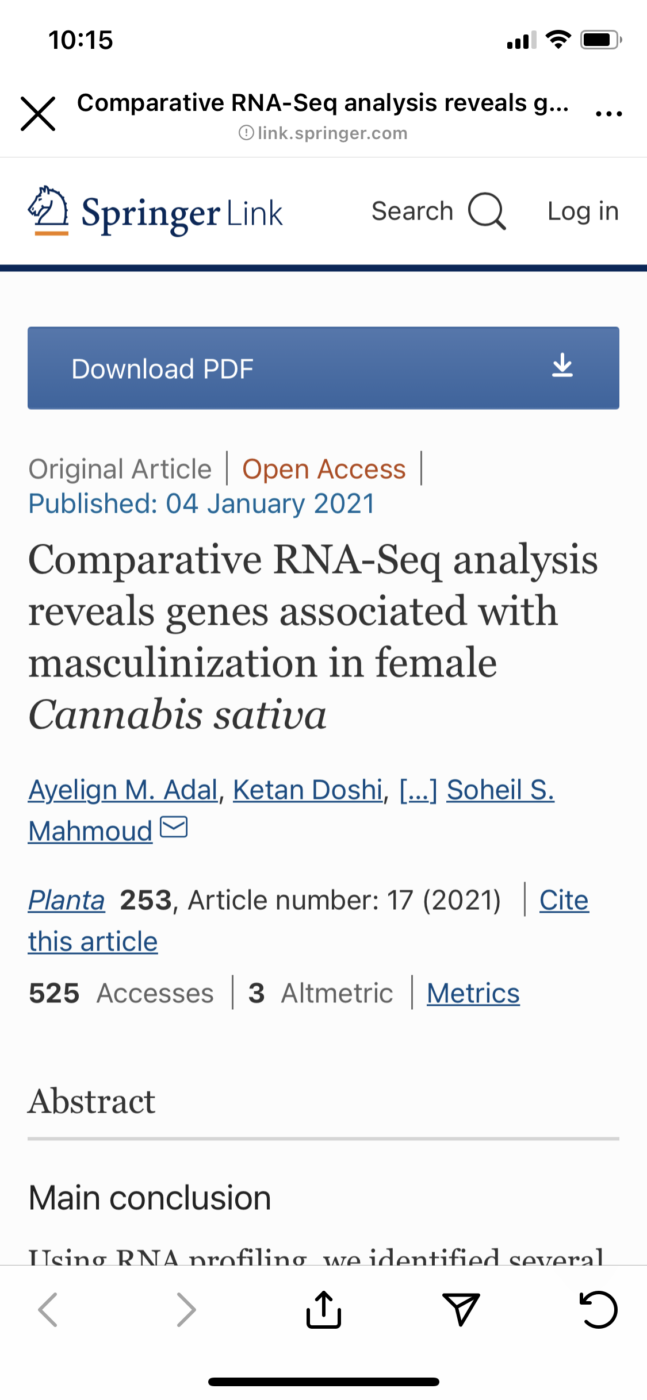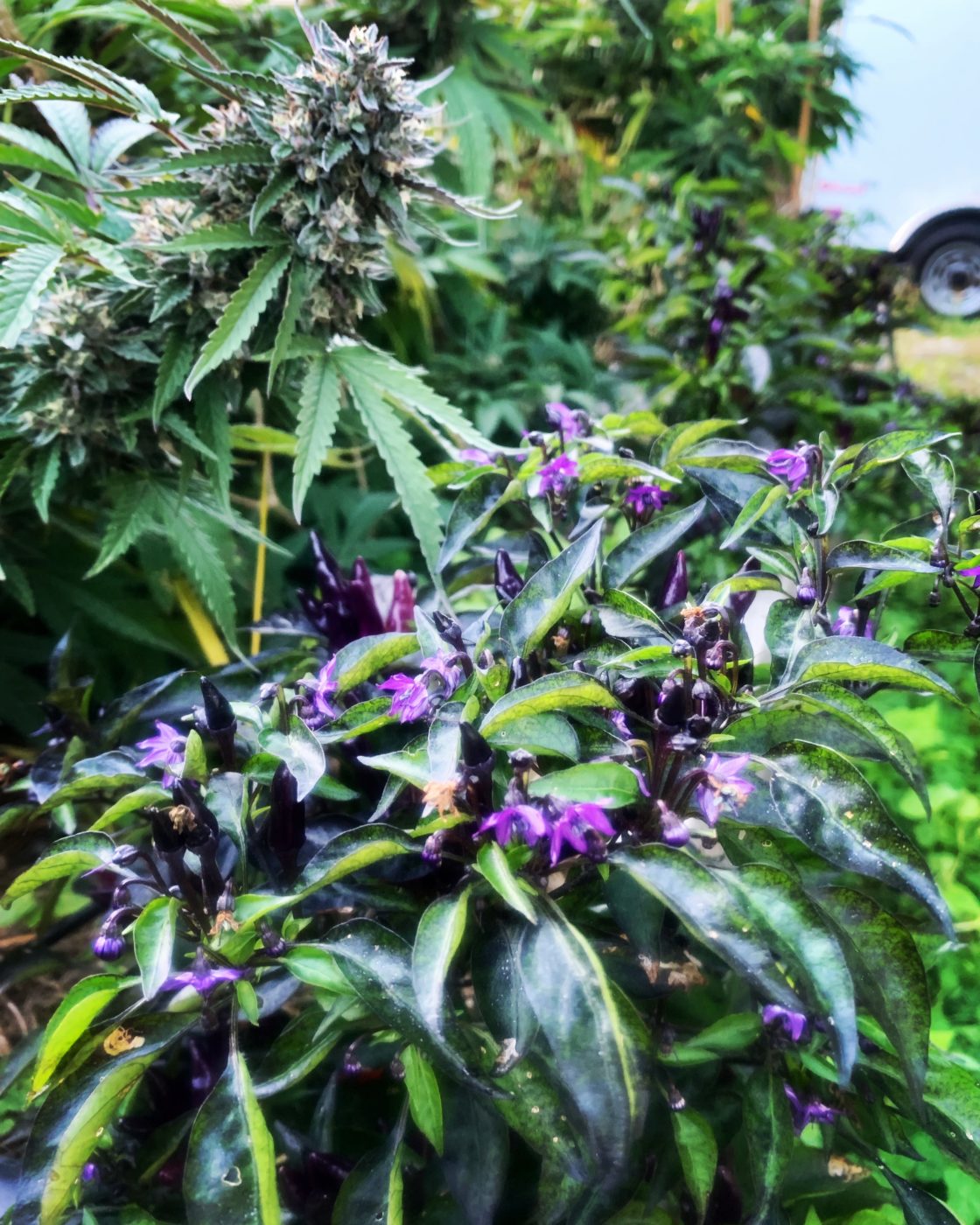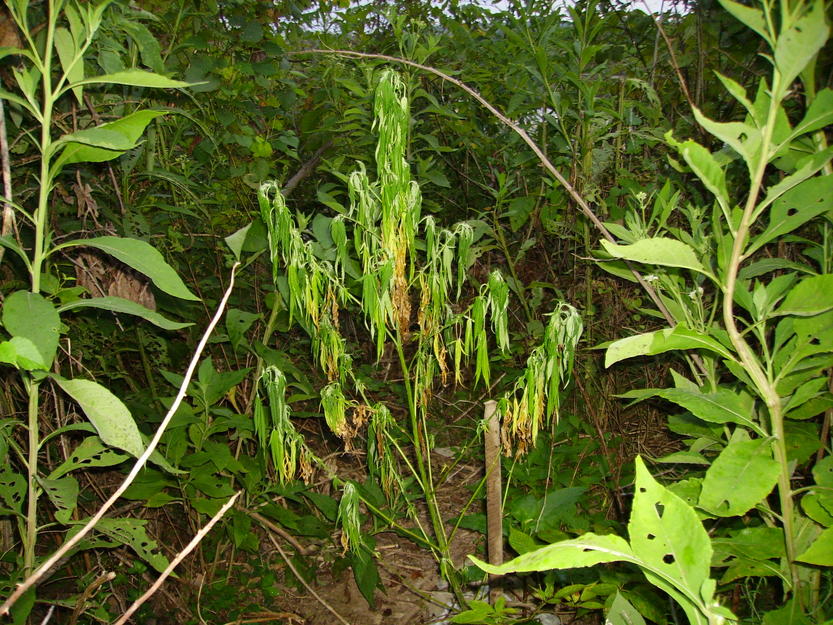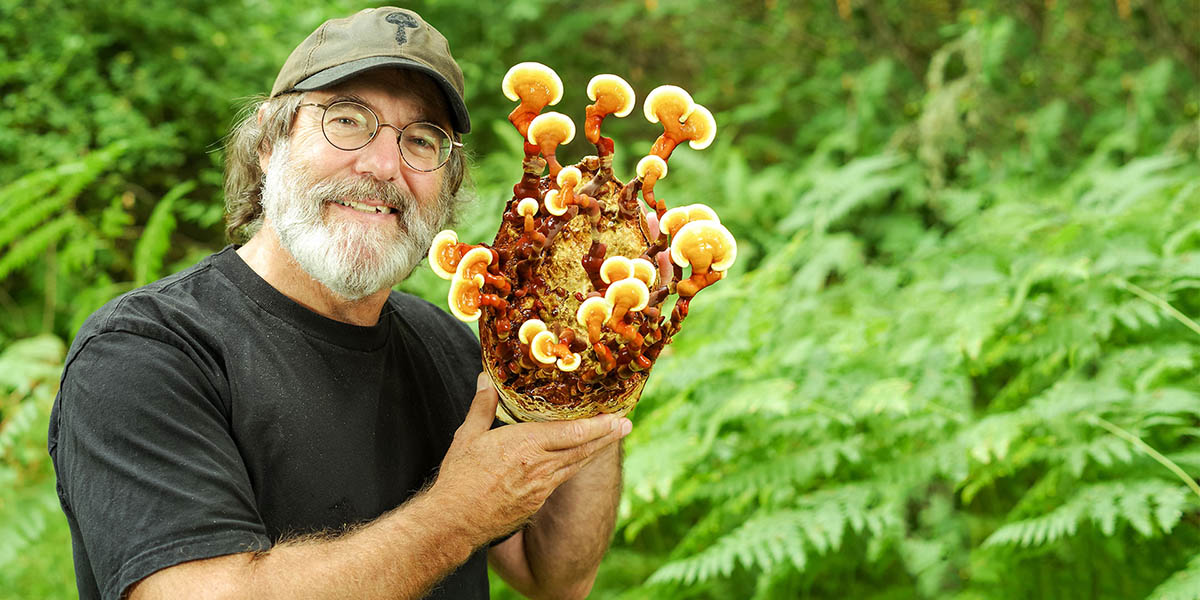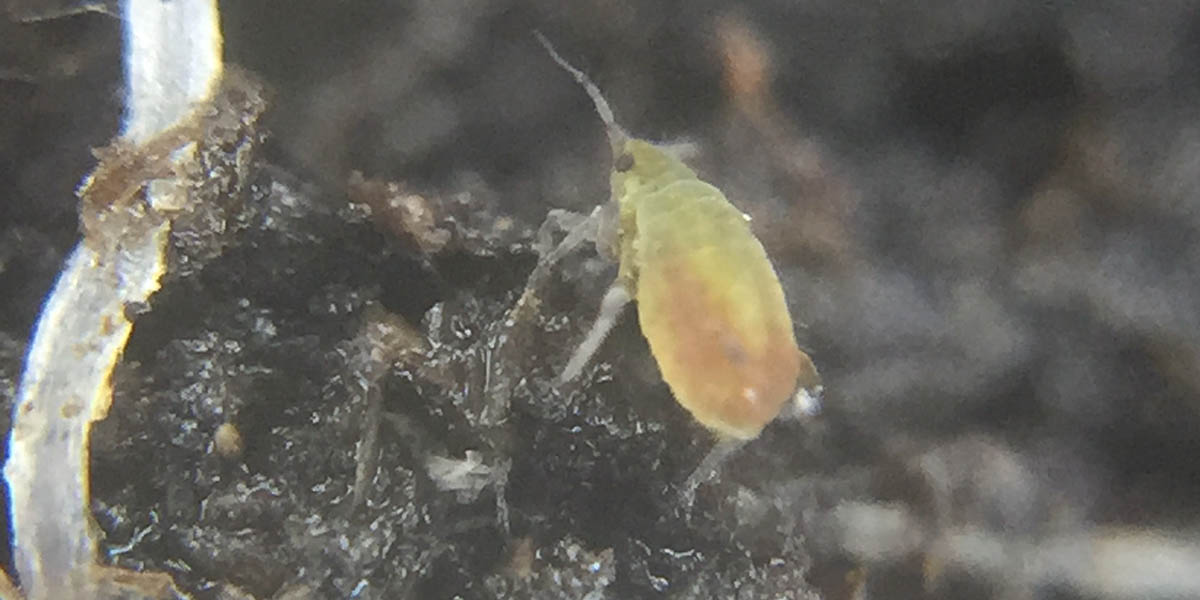USDA Publishes Final Rule for the Domestic Production of Hemp
Summary from Virginia Hemp Coalition:
Listed below is a summary of some of the changes from the IFR to the Final Rule that have been already identified: The Final Rule still insists that only DEA-certified laboratories test material, but it delays enforcement of this provision until 12/31/22.
The negligence standard has been increased from 0.5% THC to 1.0% THC, a helpful development to protect farmers’ economic interests.
The sampling window has been extended from 15 to 30 days of anticipated harvest, a welcome relief to help avoid bottlenecking in testing procedures.
Instead of rigid requirements for sampling being mandated from the federal level, the Final Rule establishes “performance-based” sampling requirements, giving states the flexibility to achieve performance objectives, such as a reliability of 95%.
The Final Rule continues to require pre-harvest samples to be taken from the flower material – not the whole plant as many requested — but it provides some relief by requiring the samples to be taken from 5 to 8 inches from the main stem, terminal bud, or central cola of the flowering top.
The USDA retains its requirement for testing total THC, instead of limiting the testing to Delta-9 THC as requested by some in the industry.
The more flexible disposal options that the USDA proposed last year – including on-farm or at-production disposal flexibility – have been made permanent.
https://www.ams.usda.gov/press-release/usda-publishes-final-rule-domestic-production-hemp
USDA Publishes Final Rule for the Domestic Production of Hemp Read More »

